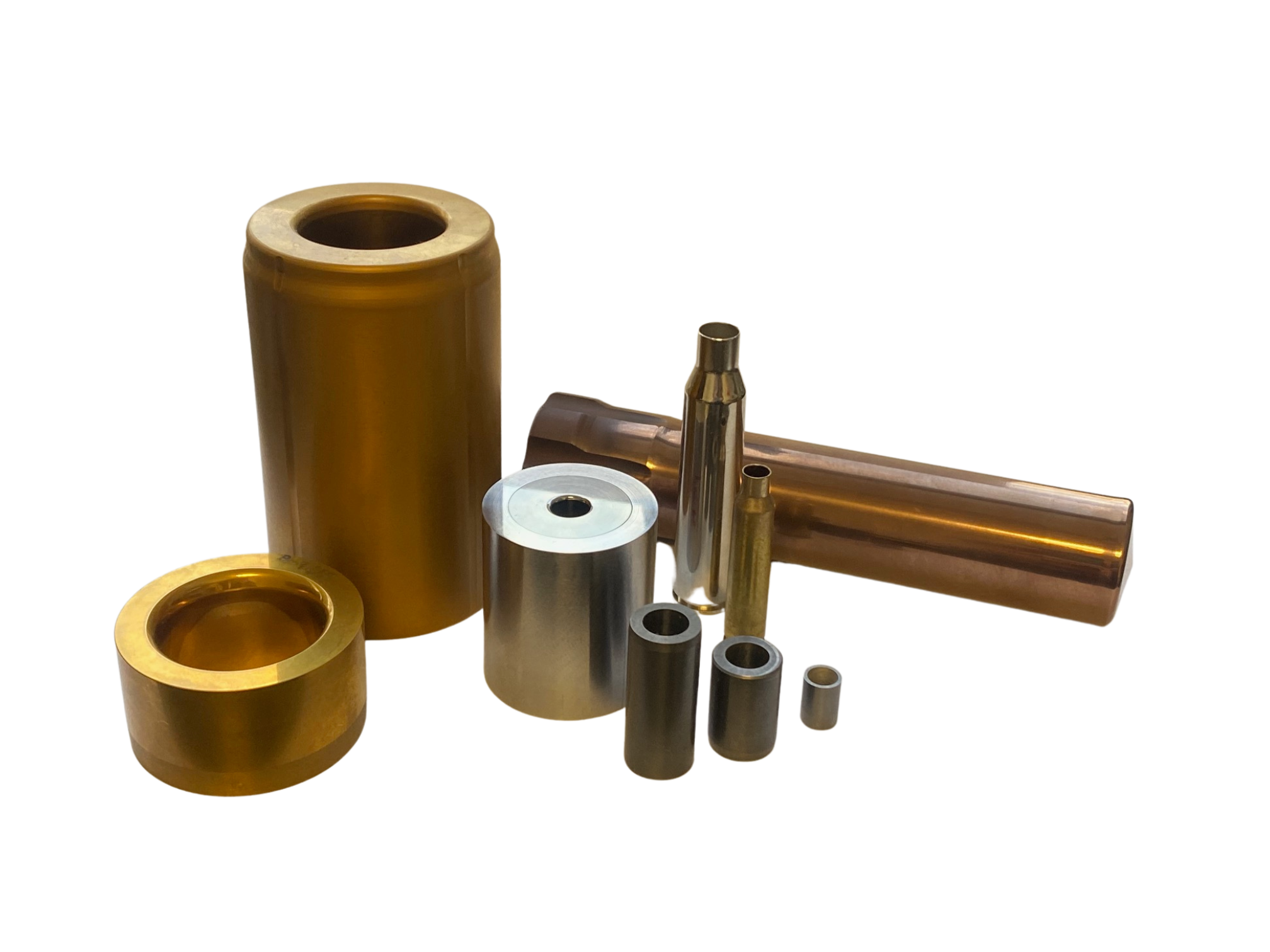In extrusion applications, where material is continuously forced through a die opening, friction and heat are constant challenges. Hardness and wear resistance take priority over impact strength.
Fine-grain carbide grades (K05–K20) with lower cobalt content provide excellent performance in extrusion dies, maintaining sharp edges and surface quality even under intense thermal and abrasive conditions. For long production runs or highly abrasive materials, ultra-fine carbide grades offer even greater wear resistance, helping you maintain dimensional consistency and avoid costly die erosion.
While cold form dies require toughness to resist cracking and chipping, extrusion dies depend on hardness and wear stability to withstand continuous material flow. Understanding these distinctions is key to selecting the right carbide grade for your process.
We work with manufacturers to fine-tune carbide selection for each application—whether it’s cold form dies or extrusion tooling. From material choice to final finishing, our dies are designed to deliver precision, consistency, and longevity under the toughest manufacturing conditions.
Contact Raven Carbide Die today to discuss your tooling needs or request a quote. Our team can help you choose the best carbide grade for your cold forming or extrusion operation—ensuring maximum performance, durability, and value.








